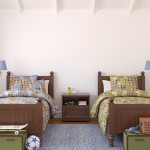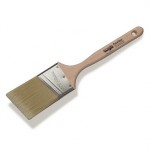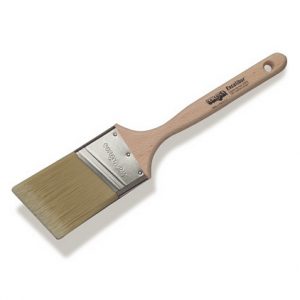 Well, I did it again. See, I’ve got a way of humiliating myself on a regular basis. I don’t mean to–I honestly would love to avoid it–but I seem drawn to humiliation. For example, about once a week or so, I wander through some large, public area with my zipper down. Unintentionally. DEFINITELY, unintentionally. I’m not one of those people.Anyway, another thing I routinely do that embarrasses me involves involuntary grunting. I don’t know what is causing this or why it happens, but I think it’s got something to do with old age. At any rate, apparently, I sit around and when I’m not thinking about what I’m doing, I grunt. Quietly. And, of course, with great dignity. But it’s still grunting. And because of it, my whole family gathers around me at night, listening and laughing and making fun of me.
Well, I did it again. See, I’ve got a way of humiliating myself on a regular basis. I don’t mean to–I honestly would love to avoid it–but I seem drawn to humiliation. For example, about once a week or so, I wander through some large, public area with my zipper down. Unintentionally. DEFINITELY, unintentionally. I’m not one of those people.Anyway, another thing I routinely do that embarrasses me involves involuntary grunting. I don’t know what is causing this or why it happens, but I think it’s got something to do with old age. At any rate, apparently, I sit around and when I’m not thinking about what I’m doing, I grunt. Quietly. And, of course, with great dignity. But it’s still grunting. And because of it, my whole family gathers around me at night, listening and laughing and making fun of me.
Another thing I do involves my voice. Oh, I know you’d never guess it if you listened to our daily radio shows . . . but in real-life, I have a nasally, sissy-voice. I understand that and I’m dealing with it. But for some reason, God didn’t just see fit to leave me with this obnoxious voice, but He also worked in a state of perpetual puberty for me. See, most guys . . . their voices crack and break as they move through their early teen years. Eventually, they end up with a man voice and they move on with their lives. Not me. Nope. I’m in a state of perpetual puberty. My voice still cracks. All the time. I can edit it out of the radio shows, but I can’t edit it out of normal conversation. Once it’s out, it’s out. Once you try to say something in a group of people–try to say something impressive–and your voice breaks . . . well, there’s no chance to go back, clip out the girly-voice, and then have another go at it. Sadly, that’s not how real-life works. And so I try to live with it. And everytime it happens, people snicker and giggle and then I get nervous and start grunting. Which doesn’t help.
Anyway, the point is, my life seems to be one big long string of embarrassing actions. And last night was just another in a long line of humiliations.
See, my wife was out with a friend and I was home with the kids. So I thought I’d have some fun with them. We whipped out our Rock Band game, I plugged in the little fake plastic guitar, plugged in my microphone, cranked up the volume on our surround sound and started rocking it out.
Yes. It was like a rock show in our living room . . . . The sound was deafening . . . I was screaming out songs, hopping around the room, playing the guitar so hard I was sweating buckets. (Which is partly a testament to how hard I was playing but also an indication of how out of shape I am). Anyway, I’m hoping around, sweating profusely . . .almost obscenely . . . belting out rock song after rock song, rattling the windows, acting like a dope . . . but having fun. And then I noticed that my daughter was standing by the front door. She had pulled the blind up and was staring at our front porch. I figured she was just looking for my wife . . . wondering when she was coming home or something . . . so I kept going with my rock show.
I was saying things like “Everybody on your feet . . . put your hands together” and junk like that in between lines of the song. I was hopping around and my daughter kept trying to get my attention. But, I was in the middle of a song. I was singing. I was rocking. And EVERYBODY knows that you don’t interrupt rock stars in the middle of a song, so I ignored her. But then, on one of my spins around the room, I happened to look up and there, standing on the front porch, staring directly at me with an open mouth and a clipboard in his hands, was a man I’ve never seen before in my life.
Well, naturally, I paused for a second . . . because really, this isn’t something you prepare for–this isn’t one of those situations that you plan out. You know, if the house is ever on fire, I know what I’d do–I plan for those things . . . . But I’ve never sat down and worked out a strategy flow chart about what to do when I’m confronted with a stranger on my front porch while I’m dancing around the living room singing songs loudly and badly while sweating like an animal.
So I paused and stared at him. And then, finally, I opened the door and tried to say, in my most manly and professional voice, “Why hello . . . how may I help you.”
But of course, my voice cracked. And, of course, when that happened, I started grunting.
 When it comes to protecting your deck, there are a lot of options out there as well as a lot of misconceptions. And really, much of this is brought on by slick marketing campaigns.
When it comes to protecting your deck, there are a lot of options out there as well as a lot of misconceptions. And really, much of this is brought on by slick marketing campaigns.










